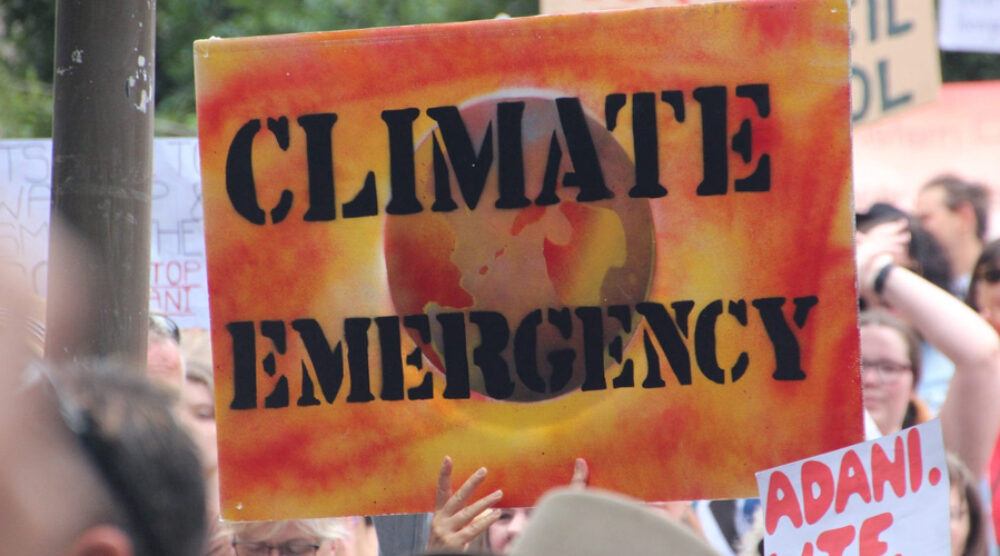Last night’s 2019 federal budget was about tax relief and a hope for a surplus of $7.3 billion by 2020. While the surplus is not real, but only a projection, the fact is that it will largely depend on a range of external and internal factors, including increased company tax revenue, higher commodity price and a stronger global economy, many of which are outside the purview of our own jurisdictions. Again, the projected surplus comes at the cost of serious spending cuts and in other words cost savings from some frontline services, including National Disability Insurance Scheme (NDIS).
A pre-election budget
The budget came at a time when the next election is only a few weeks away, as such it was a no brainer that the budget was so friendly, giving a bit of sweetener for the voters, with the expectation that the voters may think differently at the ballot box. At a time when the economy is facing a slowdown, mainly due to the low wage growth of only 2.1% not enough to meet the increasing cost of living, any extra dollar is a lot for many low and middle income earners. The official interest rate is already at record low at 1.5%, where the central bank has little room for any further cut.
The Reserve Bank would be more than happy seeing that some tax relief is given in the budget to the ordinary Australians, which may increase spending much needed for sustaining the job growth. On the employment front, while unemployment is record low at 4.9%, underemployment is at record high meaning that further stimulus will be needed for sustaining the economy in the form of another interest rate cut or two. The RBA would be hoping to keep its options unharmed as long as possible. Is the budget a big win for the RBA?
Where‘s the policy?
A budget is not just an annual estimate of income and expenditure. Rather it should contain some future oriented policy measures and directions in tackling the climate change. The budget failed to provide any plan to enhance our renewable energy growth or to phase out coal. Are we still eying for a fossil fuel based economy? While other countries in the OECD including our trading partners such as China are making substantial progress on this front, the question arises ‘is this a missed opportunity for not allocating significant funding or policy directions to transition to renewables’? While the budget provides a $3.9 billion Emergency Response Fund which will be available from October to allow state and territory governments deal with the fiscal hit from future natural disasters, the measure could have been much better if substantial policy signals were given to tackle the climate change.
There is no doubt that the budget is a re-election pitch, however without providing clear policy directions such as the use of fiscal and economic instruments in the climate change mix, it would be so difficult to achieve substantial emission cuts, much needed in transitioning to a carbon constraint world. We can only hope that Australia will make substantial progress on this front in the near future.
This article was first published at the Machinery of Government, Policy Innovation Hub.








